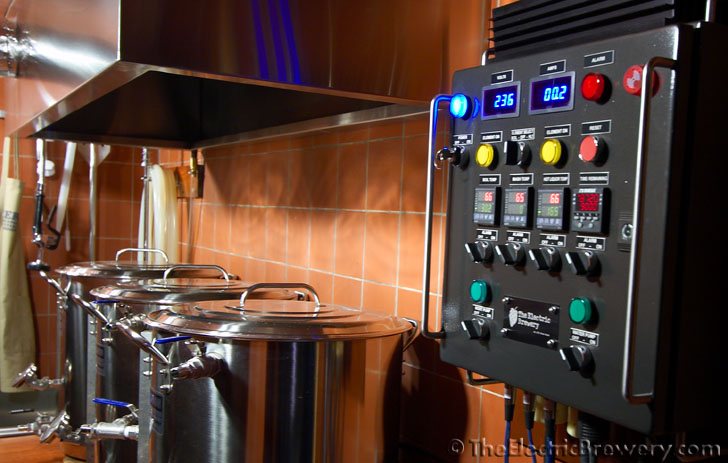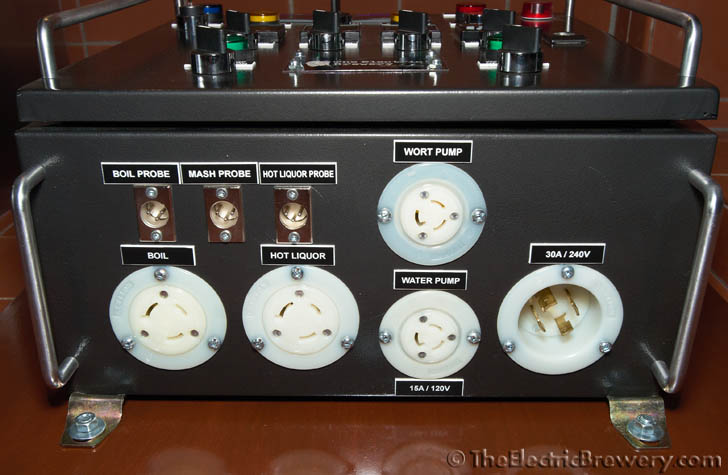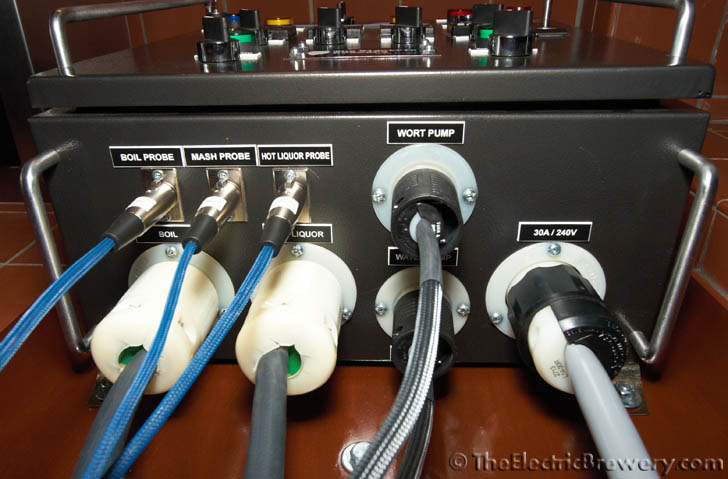You only want to go to 5500 watts on a 240 volt, 30 amp circuit. 7000 watts takes the circuit to the max it can hold before tripping.
240 volts x 30 amps = 7200 watts. That is max load. Multiply that by .80 to get a working load, 7200 watts x .80 = 5760 watts.
If you were to run a 7000 watt element, the wiring and breaker will quickly start to heat up and the breaker should trip. If the breaker should fail, well, let's just say you'll have a whole other set of problems. Also, 240 volts is a very optimistic number for voltage into a house. Usually the power coming in is about 210-215 volts. The power company will usually run lower to prevent power spikes from damaging equipment. So, if this is the case;
210 volts x 30 amps = 6300 watts x .80 = 5040 watts.
Take a voltage tester on your dryer outlet to find out how many volts you really have and use that number for calculations. If you don't want to do that, use 220 volts and you should be safe.








